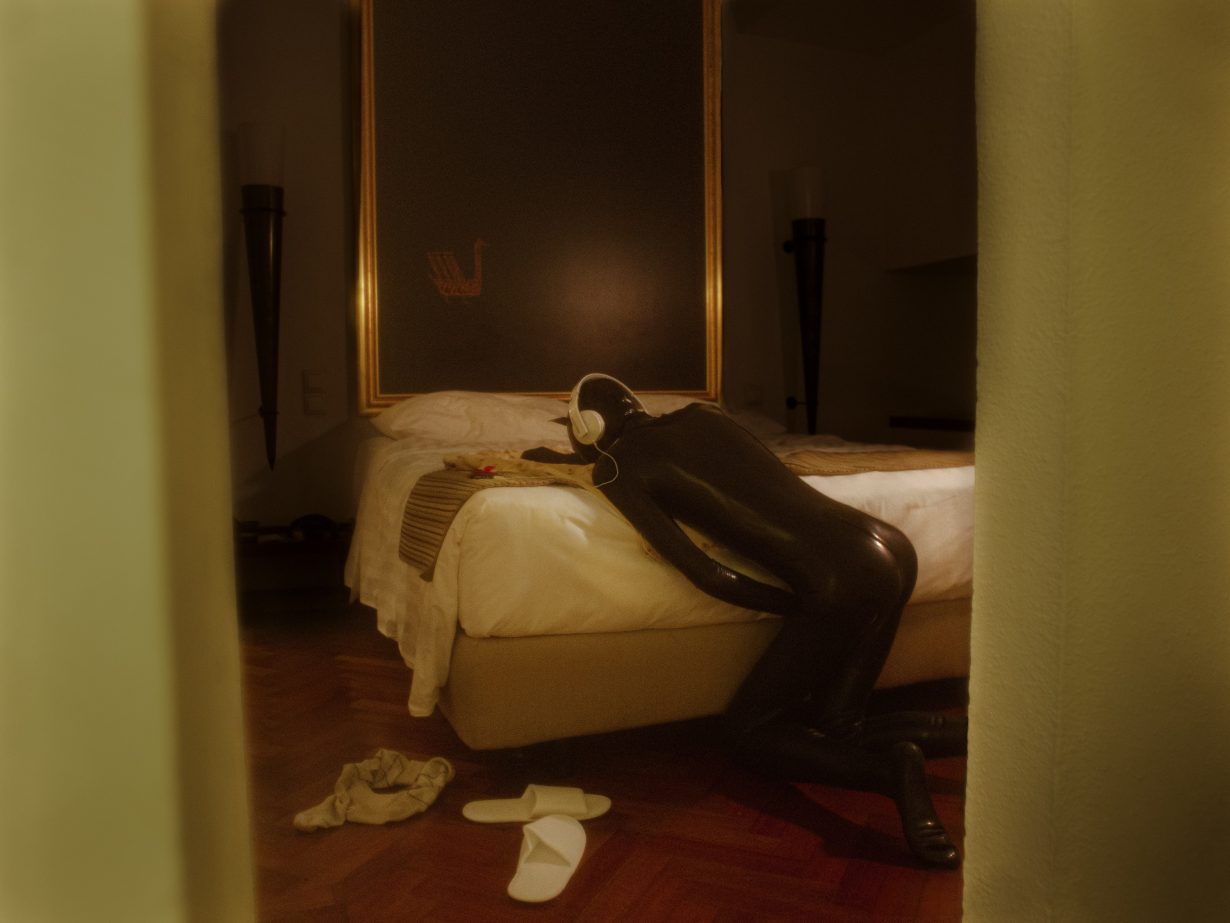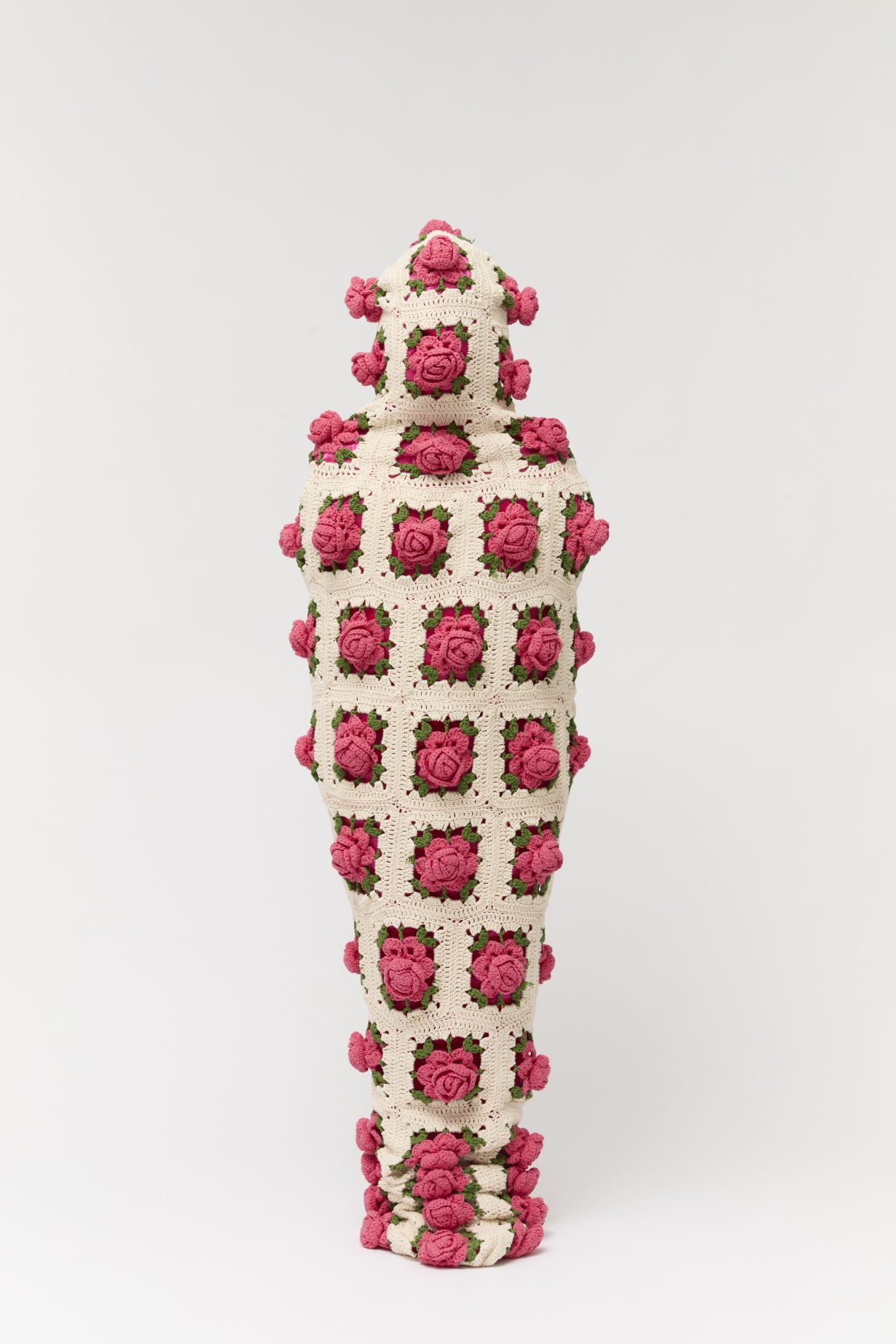Examining sex as a way of seeing – and subverting – the consumerist imagination
Why do we want what we want? This is the question at the heart of writer and curator Anastasiia Fedorova’s Second Skin: Inside the Worlds of Fetish, Kink, and Deviant Desire, firsthand exploration of sexual fetish in the context of commodity culture. Perhaps more specifically: why are some people easily satisfied by heterosexual vanilla sex, while others crave experiences far outside the ordinary, imbuing everyday items with a sense of forbidden eroticism?
You know the items I’m talking about: leather gloves, latex catsuits, an arched foot in a six-inch heel. The visual language of fetish is everywhere – not just in porn but advertising, art and broader culture – precisely because it doesn’t need genitals or penetration to arouse. Federova terms those who are turned on by these items as in possession of a non-normative, alternative, or ‘extended sexuality’: an experience of desire that spills beyond what’s conventionally considered sexual. ‘I love how far-reaching this term sounds, with a promise of uncharted horizons, of pleasures not yet known,’ she writes, likening fetish to ‘a way of seeing’, ‘a mindset’ and ‘a lens through which to see the world’.

Today, we associate fetish with sex. But in the early seventeenth century, the word was more closely linked to magic: a talisman, charm or totem worshipped for its symbolic potency. ‘Fetishism starts with an object – an actual object and the sensation it brings, or the idea of the object as a mental fixture – which sparks desire and reshapes our understanding of sex,’ writes Federova. This evolution, from sacred object to sexualised symbol, mirrors how modern capitalism turns objects into sites of projected desire. In our hyper-consumerist society, we’re accustomed to viewing objects as shorthand for the concepts they represent: ‘a diamond ring stands for eternal love, sports cars signify vitality and masculinity, a dry Martini is shorthand for metropolitan sophistication.’ Advertising builds and leverages these associations to sell us things: presenting the object itself as a path to the life, or self, we crave.
But in a sexual context, these objects can evoke an altered state – one of pleasure, power, submission or worship. In some cases, the item is a proxy (the shoe evokes the foot); other times, it represents a larger idea (a suit and tie signals masculine power). Some objects appeal through sensation alone, like the latex that moulds to fit your body, or the gimp suit that grants anonymity. In all cases, fetish hinges on imagination, using our shared system of signs and signifiers to create new meanings, sensations, and experiences.

We live in a world where we’re supposed to ‘desire objects, acquire objects, and sometimes, become objectified’, often privileging the symbolic value of commodities over our genuine emotional needs. This raises the question: if capitalism fuels endless desire and dissatisfaction, can fetish offer a more meaningful alternative? What happens when we change the way we relate to objects and their iconography, embracing their power over us as a way of claiming our own, or submitting as a way to be set free? For many, fetish is an escape hatch from day-to-day life, or a way to reimagine one’s erotic identity in a new context. Some fetishes are implicitly tied to material developments – the emergence of rubber fetish, for example, is linked to the invention of the Mackintosh rain coat – while others are inseparable from the eras of queer history, having been repurposed as a symbol of collective liberation.
Fetish does not exist in a vacuum, yet its politics are often contradictory: leather can symbolise rebellion, but those drawn to it span the political spectrum. Some fetishes are linked closely to queer culture while others bear an implicitly heterosexual association. The foot fetish, for instance, is often perceived as a solitary obsession born of the internet age, where celebrity foot pics proliferate – though in reality, all kinds of people get an erotic thrill from unboxing a new pair of trainers. For some, sexual fantasies are a way to renegotiate reality, subverting the power dynamics that shape our everyday lives by stepping into an alternative role. The dominatrix, for instance, leverages objectification for her own benefit – embodying the cultural fear, and fantasy, of a woman in charge.

Desire can reflect our cultural anxieties, but also offers a way for individuals to reclaim agency. The dominatrix, for instance, leverages sexual objectification to improve her material reality, embodying the cultural fear, and fantasy, of a woman in charge – while the medical fetishist might eroticise negative experience, channeling an institutional history of physical pain into arousal at the snap of a latex glove.Yet Fedorova resists the idea that sexual desire always arises from personal trauma (a common narrative used to pathologise sexual difference) while still embracing fetish as a way to renegotiate our relationships with these symbols and the power they hold over us.
Like the sexual equivalent of Duchamp’s readymade, fetish reimagines desire not as inherent, tied only to specific body parts and acts, but as a rich language of signs and symbols that can imbue everyday objects with new meaning. ‘Behind everything we enjoy is a story we tell ourselves, shaped by context and narrative,’ she writes, noting that the erotic worlds we create in fetish are put together with signifiers of our everyday lives. The power of fetish, then, isn’t in the object of one’s desire, but in the art of reinventing it, and letting it transform you in return.
Camille Sojit Pejcha is a Brooklyn-based writer and the founder of Pleasure-Seeking, a newsletter on sex, desire, and modern culture
